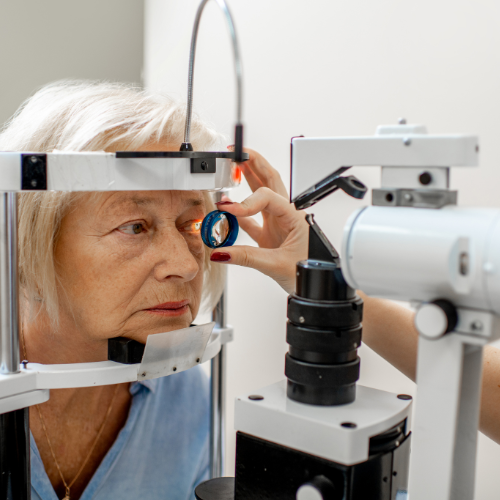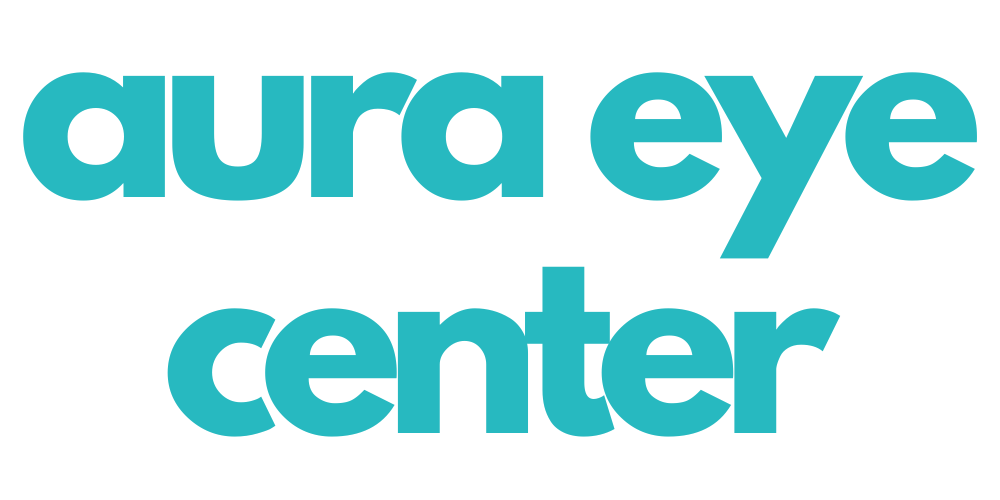6 Powerful Reasons to use Dry Eye Therapy

Dry eye is a common and often chronic condition that occurs when your tears aren’t able to provide adequate lubrication for your eyes. Dry eye therapy is crucial for several reasons:
1. Alleviating Discomfort: Dry eye can cause significant discomfort, including a stinging, burning, or scratchy sensation in your eyes. Dry eye therapy can alleviate these symptoms and improve overall comfort.
2. Protecting the Eyes: Tears are necessary for maintaining the health of the front surface of the eye and for providing clear vision. By treating dry eye, you’re helping to protect the cornea and other ocular surfaces.
3. Improving Vision: Dry eye can cause blurred vision or eye fatigue. Therapy can help improve visual acuity and reduce eye strain.
4. Preventing Serious Complications: If left untreated, severe dry eye can lead to eye inflammation, corneal ulcers, vision loss, and other serious complications.
5. Enhancing Quality of Life: Dry eyes can significantly impact daily activities, such as reading, driving, working on a computer, or any activity that requires visual concentration. Treating dry eye can improve the quality of life.
6. Improving Effectiveness of Other Eye Treatments: For patients undergoing treatments like LASIK, cataract surgery, or other eye procedures, managing dry eye can improve the effectiveness and outcomes of these treatments.
Dry eye therapy may include lifestyle changes, over-the-counter eyedrops or ointments, prescription eye drops, tear-stimulating drugs, eyelid cleaning, or procedures to close tear ducts. It’s important to discuss your symptoms with an eye care professional to determine the best treatment options for your specific needs.
Book your dry eye treatment session today!



